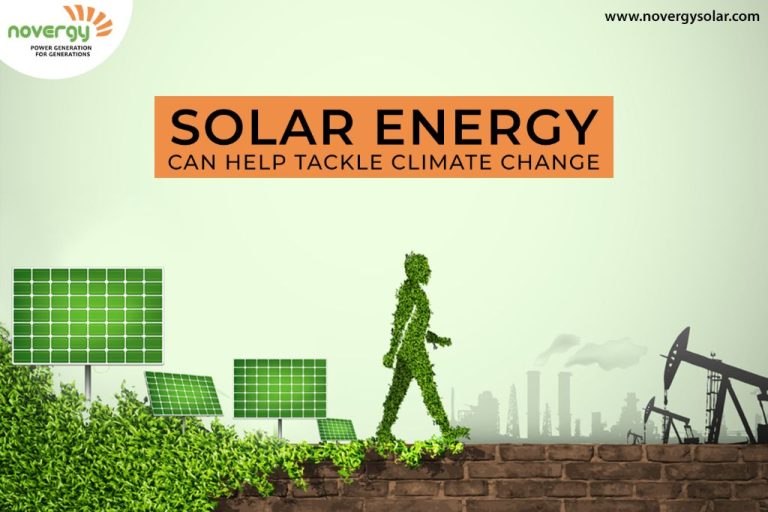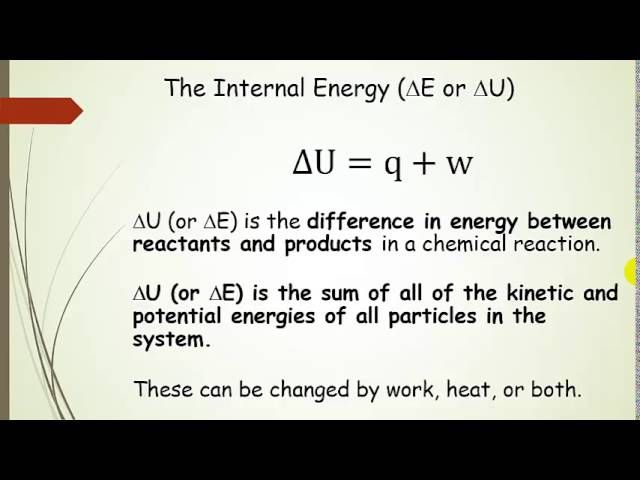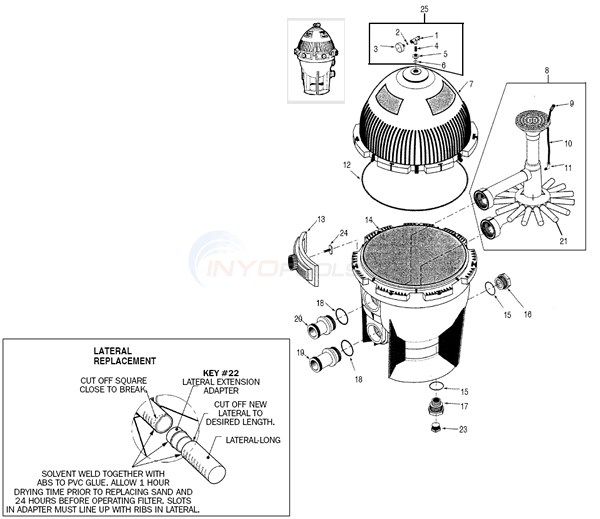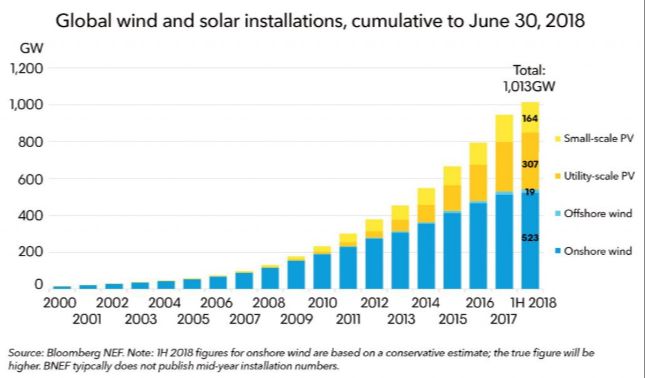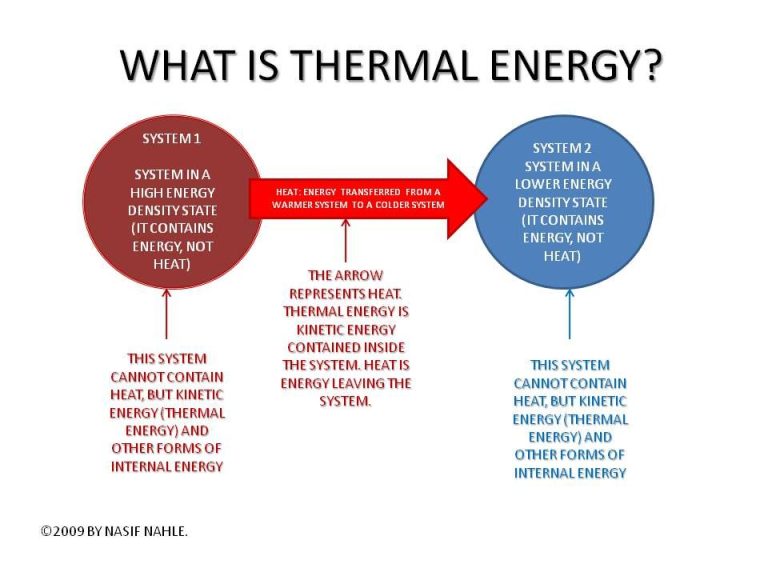What Is Your Definition Of A Renewable Resource?
Renewable resources are becoming increasingly important as we work to build a more sustainable future. These resources come from naturally replenishing sources, such as sunlight, wind, water, plants, and geothermal heat. Unlike finite resources like fossil fuels, renewable resources can be continually restored. Using renewable energy sources helps reduce greenhouse gas emissions, diversify energy supply, and create economic development opportunities. As climate change becomes an ever more pressing issue, transitioning to renewable resources will be key for environmental sustainability.
Definition
A renewable resource is a natural resource that can replenish itself over time through natural processes at a rate comparable to its rate of consumption by humans or other users (Source: Collins Dictionary). Renewable resources have the ability to be naturally regenerated within a human lifespan, allowing for sustainable harvesting and usage (Source: ECOS Glossary). The key aspect that makes a resource renewable is that it is practically inexhaustible or able to be regenerated quickly enough to sustain economic extraction (Source: UN Stats).
Types of Renewable Resources
There are several major types of renewable resources:
- Solar energy – Energy from the sun that can be captured through solar panels to generate electricity or heat buildings and water. Solar is a fast-growing renewable resource (Source).
- Wind energy – Wind turbines convert the kinetic energy of wind into mechanical power or electricity. Wind power is increasingly being used around the world (Source).
- Hydropower – Energy generated by moving water, such as in dams, that turns turbines to produce electricity. Hydropower provides nearly 20% of global electricity (Source).
- Geothermal energy – Heat energy generated and stored underneath the earth’s surface that can be harnessed to produce electricity or provide heating/cooling. Geothermal energy comes from the natural heat of the earth (Source).
- Biomass – Plant and animal material, like wood, crops, manure, and municipal waste, that can be used to generate energy. Biomass can be converted into liquid biofuels or burned for heat and electricity (Source).
Advantages of Renewable Resources
Renewable resources provide various advantages over nonrenewable resources. Some key advantages include:
Sustainability – Renewable resources can be replenished naturally over time, making them a sustainable long-term energy solution. Sources like solar, wind, and hydropower will not run out. This contrasts with finite nonrenewables like oil and gas (See Renewable vs. Nonrenewable Resources).
Reduced Pollution – Most renewables produce little to no greenhouse gases or toxic byproducts when generated. This limits environmental damage compared to sources like coal (See Benefits of Renewable Energy).
Price Stability – Renewable energy prices are generally more stable and predictable long-term since they are not as impacted by fuel costs and supply limitations. The fuel itself (wind, sunlight, water) is free.
Energy Security – Developing domestic renewable sources provides energy independence and security. A nation relies less on imported fossil fuels. Renewables utilize local resources.
Job Creation – Expanding renewable infrastructure creates jobs in manufacturing, installation, and maintenance. Rural areas can benefit from new economic opportunities.
Overall, renewables provide a sustainable long-term energy solution that limits pollution, provides energy independence, creates jobs, and stabilizes prices. These advantages make them a wise investment for the future.
Disadvantages
Renewable resources also have some disadvantages compared to conventional energy sources (https://www.electricrate.com/green-energy/drawbacks-of-alternative-energy/). First, they often require high upfront costs for installation and infrastructure. For example, building large solar or wind farms can be very capital intensive. Second, many renewable sources provide variable and intermittent power based on environmental conditions. Solar panels don’t work at night and output depends on sunny weather. Wind power relies on steady breezes to spin turbines. Third, most renewables have lower power density than fossil fuels, requiring larger areas to generate the same energy output. Overall, these limitations mean renewable resources may require supplemental power sources and storage solutions to provide reliable electricity on demand (https://www.inspirecleanenergy.com/blog/clean-energy-101/difference-between-renewable-nonrenewable-energy).
Current Use
The use and adoption of renewable energy sources has been steadily increasing around the world. According to one source, in 2021 the global installed capacity of renewables for electricity generation was over 2,800 gigawatts (GW), which accounted for more than 80% of all new power generation capacity added that year. The top countries for renewable energy adoption include China, the United States, Brazil, India and Germany. China currently has the most installed renewable energy capacity globally at over 1,000 GW. The source indicates that solar and wind power dominate global renewable capacity and continue to show strong growth.
Another report shows that by the end of 2020, renewables generated 29% of global electricity production. This was led by hydro at 16%, wind at 6%, solar PV at 4% and bioenergy at 3%. The data indicates that renewables are now the second largest source of electricity after coal. Rapid growth is expected to continue, with renewables projected to supply over 60% of global electricity by 2050. Key drivers for this continued adoption include falling technology costs, supportive government policies and increased competitiveness with fossil fuels.
Overall, statistics point to renewables already supplying a substantial and growing share of global electricity generation. With supportive policies, costs projected to decrease further and increased competitiveness, adoption rates are poised for continued growth in the coming decades.
Sources: https://www.engadget.com/2017-03-08-a-renewable-planet-is-almost-inevitable.html, https://cdn1.byjus.com/wp-content/uploads/2023/09/15th-Sep-CNA-Eng.pdf
Potential
Renewable energy has enormous potential to meet global energy needs in the future. According to a report from Earth.org, solar energy costs are projected to decrease 35% by 2024. At the same time, onshore wind energy capacity is expected to increase 57% by 2027. With costs continuing to fall and efficiency improving, renewable sources like solar and wind will become increasingly competitive with fossil fuels.
Many experts argue that a 100% renewable energy system is possible globally by 2050. Renewable energy already supplies over 26% of global electricity generation. With supportive policies and technological advances, renewables have the potential to supply 50-85% of global electricity by mid-century. However, growth in renewable energy must accelerate to achieve a carbon-neutral energy system and avoid the worst impacts of climate change.
Some key ways to tap into the vast potential of renewables are continued investment in R&D to improve technologies, upgrading power grids and infrastructure to handle variable sources, developing energy storage solutions, and implementing supportive policies like carbon pricing. With innovative thinking and political will, renewable energy can transform global energy production and create a sustainable energy future.
Challenges
While renewable energy has many benefits, there are still key challenges in scaling up renewable energy production and infrastructure. Some of the main challenges include:
Energy storage limitations. Most renewable energy sources like solar and wind are intermittent, meaning they only produce energy when the sun is shining or wind is blowing. Effective energy storage technology is needed to capture excess renewable power when available and discharge it when needed (1).
Economic and financial challenges. Although renewable energy costs have declined, they still remain more expensive than fossil fuels in some contexts. The high upfront capital costs for building renewable power plants also create a barrier to their widescale adoption (2).
Political obstacles. Entrenched fossil fuel interests lobby policymakers to protect their industries through subsidies and regulations. Overcoming the political power of oil, coal and gas producers is a key challenge (1).
Grid infrastructure upgrades. Existing transmission grids need major upgrades to handle the influx of decentralized and intermittent renewable power from various sources (1).
Land use and resource constraints. Some renewables like biofuels, hydroelectric and solar farms require large areas of land and access to ample resources (e.g. water for hydro), which can create siting issues.
Overcoming these challenges will be critical to allow renewable energy to fulfill its vast potential and continue displacing fossil fuels. But with the right policies, investments and technologies, these obstacles are surmountable.
Sources:
(1) https://www.trvst.world/renewable-energy/challenges-for-renewable-energy/
(2) https://www.iea.org/news/renewable-power-s-growth-is-being-turbocharged-as-countries-seek-to-strengthen-energy-security
Policies
There are several policies that governments could implement to promote greater adoption of renewable energy sources. Some key policies include:
- Implementing renewable portfolio standards that require utilities to obtain a minimum percentage of their electricity from renewable sources (Westrock).
- Providing subsidies, tax credits, and other financial incentives for renewable energy generation and installation of technologies like solar panels and wind turbines (SCMP).
- Investing in renewable energy research, development, and demonstration projects to drive down costs through technological improvements (TWI Global).
- Implementing carbon pricing programs such as carbon taxes or cap-and-trade systems to account for the external costs of fossil fuels.
- Simplifying permitting and siting processes for renewable energy projects.
- Setting long-term, ambitious renewable energy targets to provide market certainty and incentivize investment.
- Upgrading grids and enabling technologies like energy storage to better integrate variable renewable sources.
Well-designed policies can accelerate the transition to renewable energy while minimizing costs and disruptions. Policymakers must balance multiple objectives including affordability, reliability, and emissions reductions. The optimal policy mix will depend on each region’s specific context and resources.
Conclusion
In conclusion, renewable resources such as solar, wind, geothermal, and hydroelectric power are crucial for building a sustainable future. As this article outlined, renewable resources do not deplete with use, unlike finite fossil fuels. Transitioning to renewable energy reduces carbon emissions, mitigates climate change, improves public health, and boosts energy security and independence. While renewable energy currently only accounts for a fraction of global energy production, costs are declining as technology improves. With supportive policies and public-private initiatives, renewables have the potential to transform how we power our homes, businesses, and transportation. Despite challenges around intermittency and infrastructure, renewable resources offer tremendous environmental and economic advantages over conventional fuels. As this analysis showed, continued investment, innovation and global collaboration are key to realizing the full promise of renewable energy and ensuring clean, affordable energy access for all.

